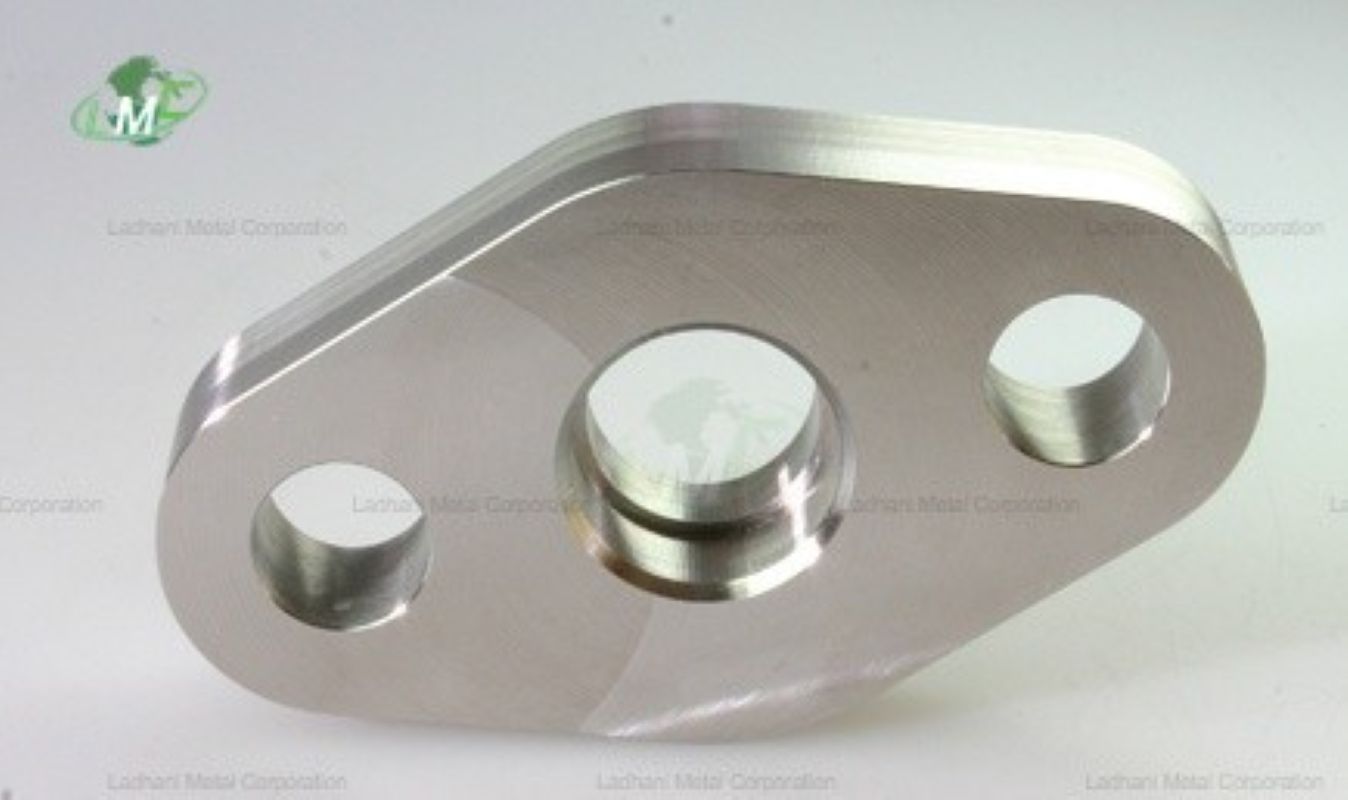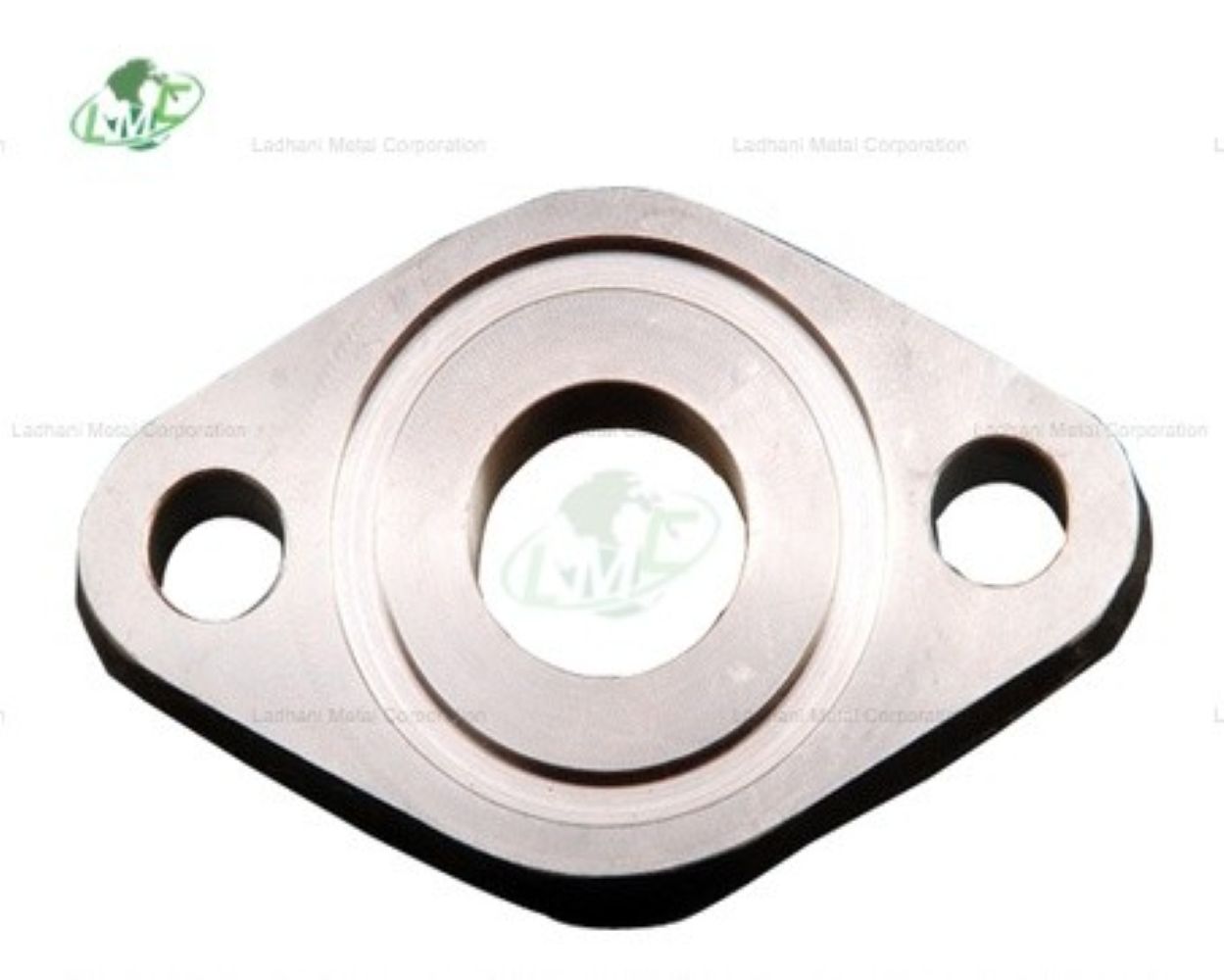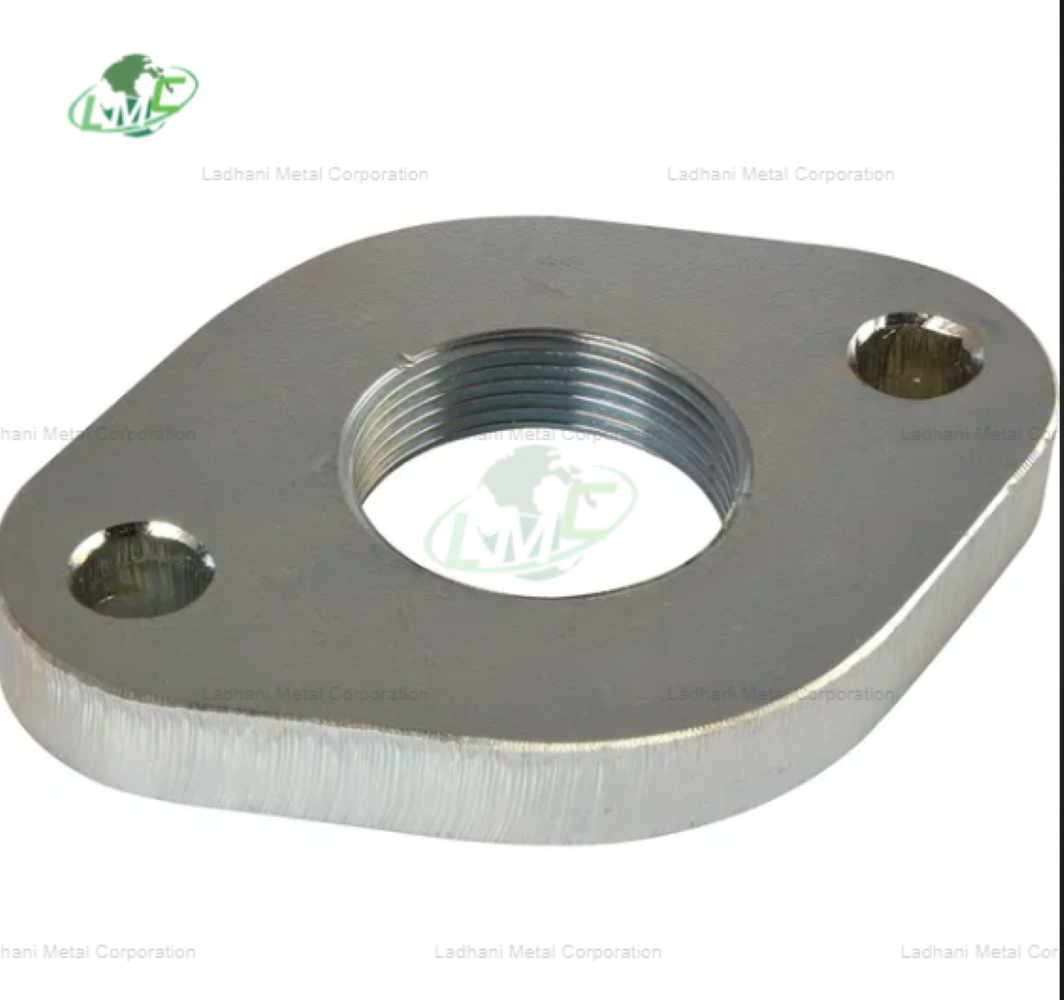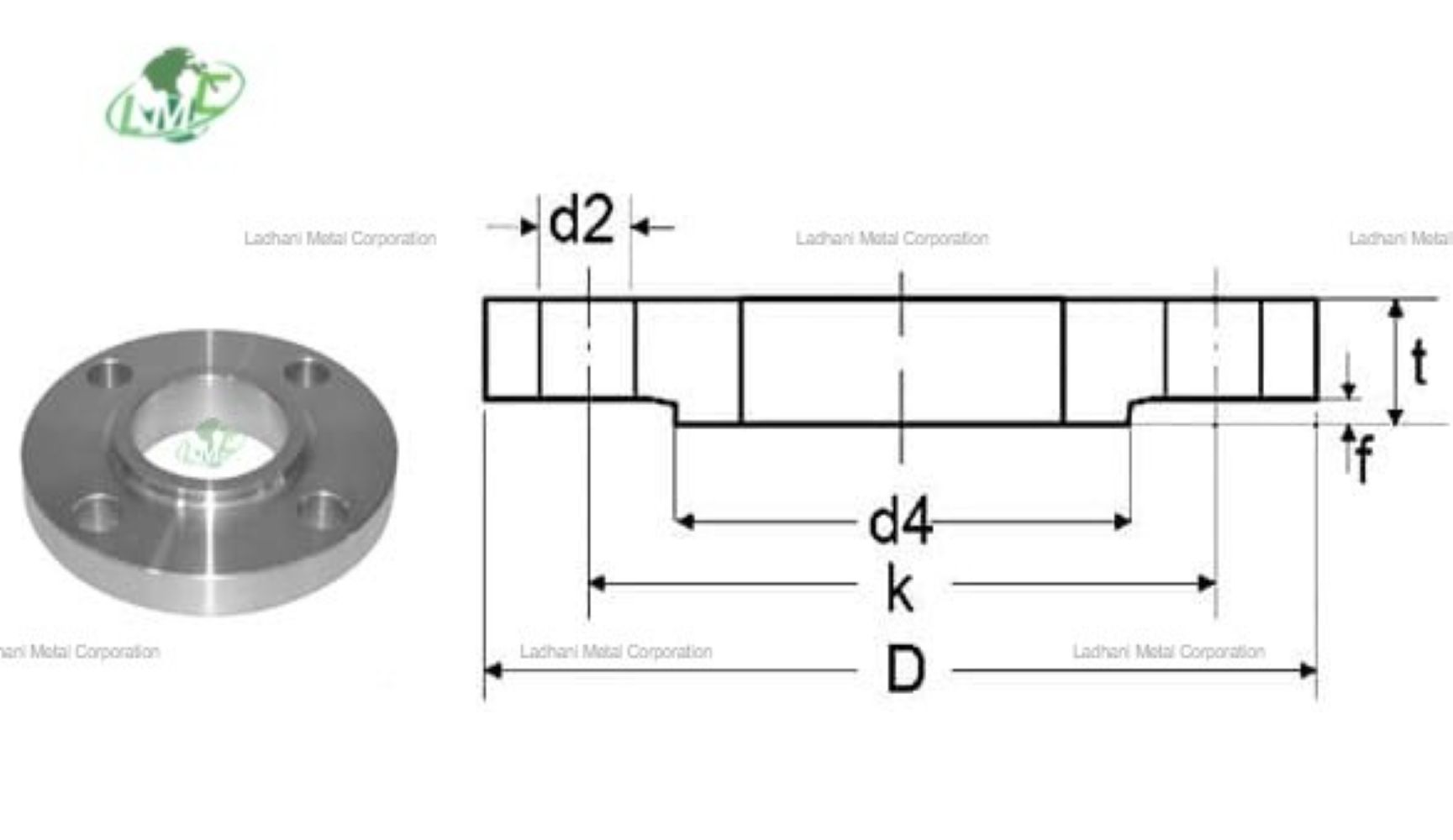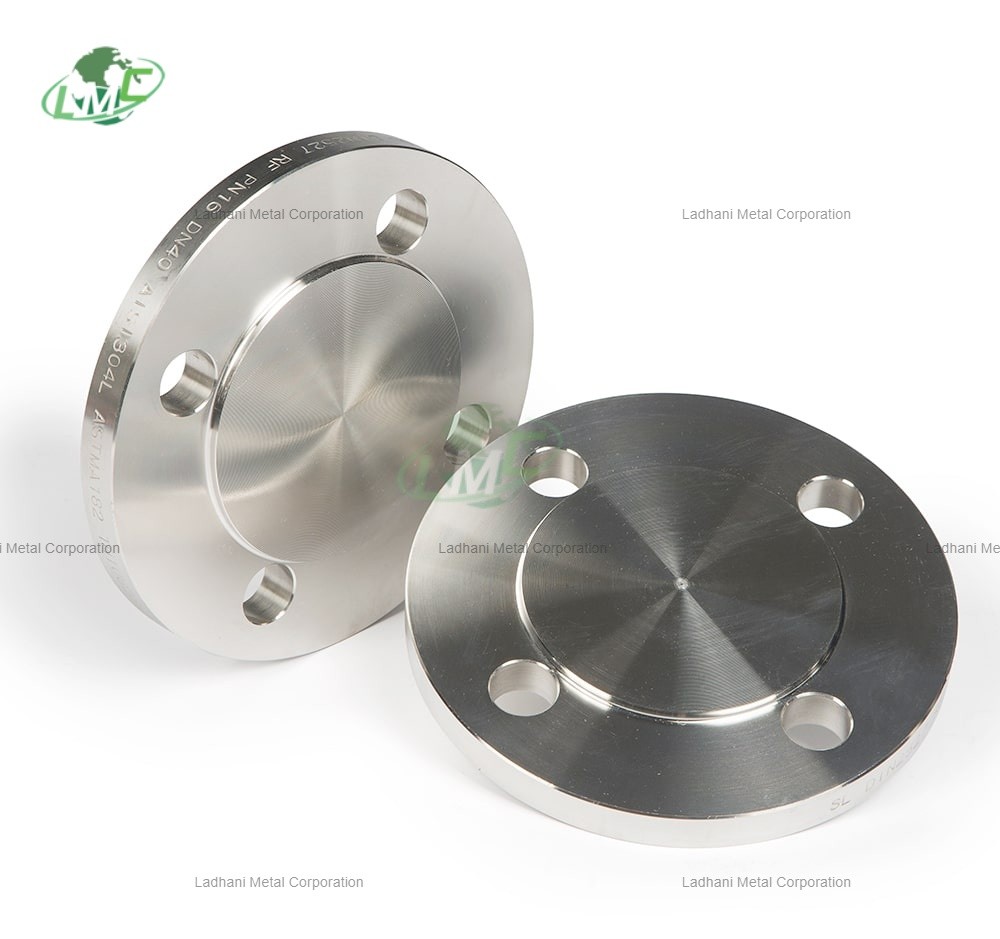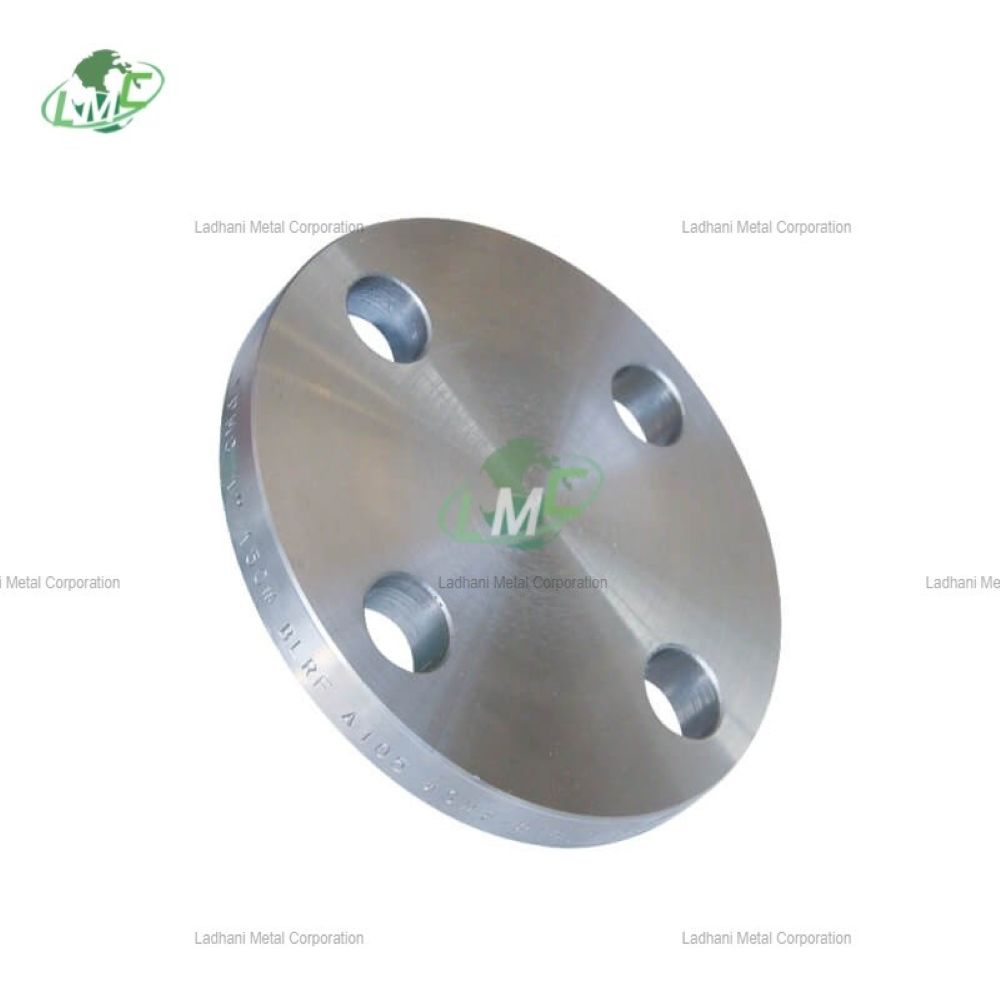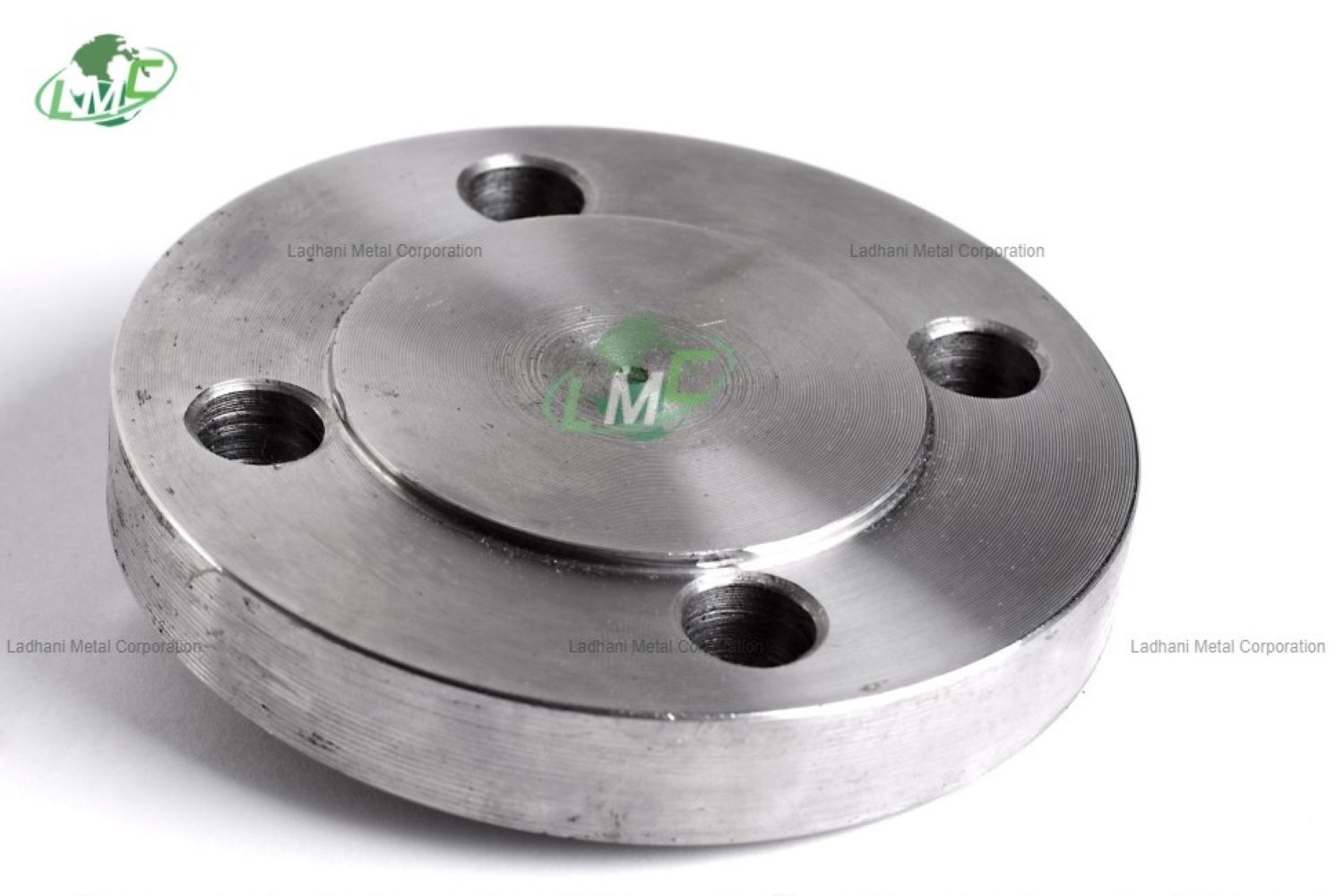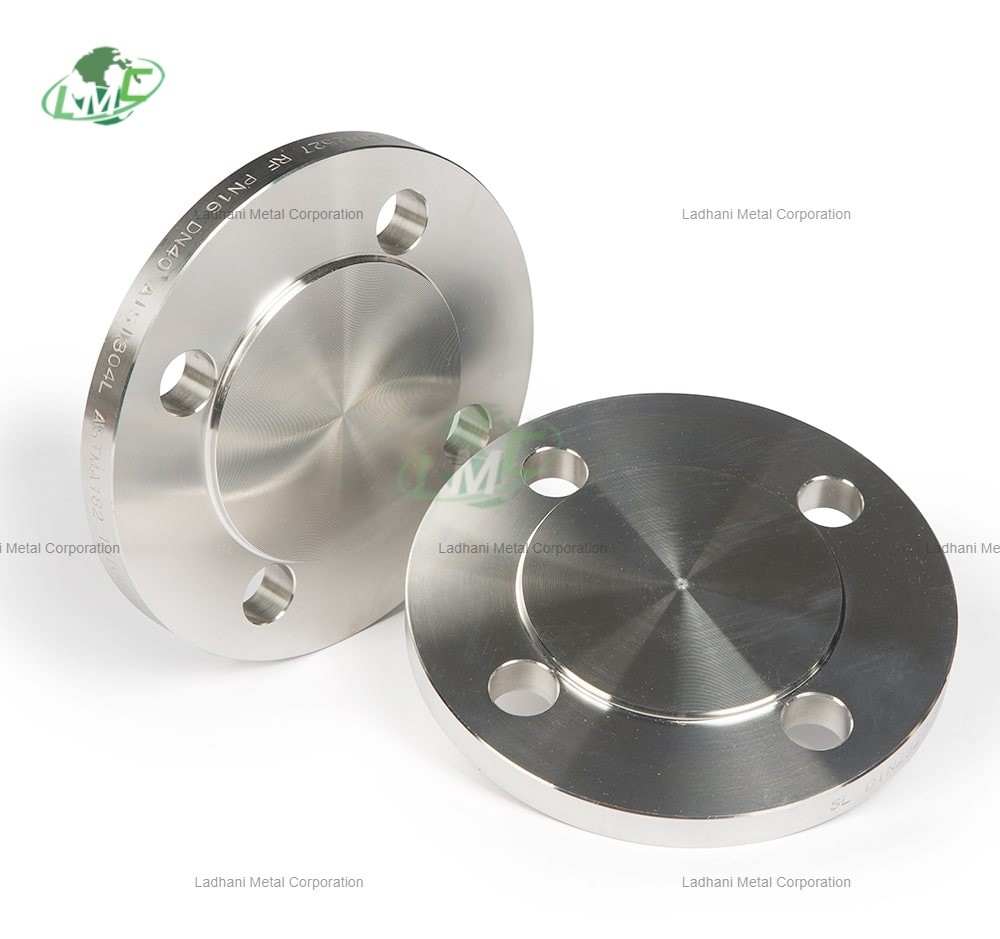The DIN 2558 Monel Flange PN 6 is a precision-engineered piping component manufactured to meet DIN (Deutsches Institut für Normung) specifications. Made from high-performance Monel alloys—nickel-copper-based materials known for their outstanding resistance to corrosion, particularly in marine and chemical environments—these flanges offer exceptional durability and reliability in some of the most demanding industrial applications. Supplied by Ladhani Metal Corporation, these flanges are designed to provide a leak-free, long-lasting solution in medium-pressure systems. Monel flanges are widely used in industries such as marine engineering, chemical processing, hydrocarbon refining, heat exchangers, and offshore oil and gas production. Types: Weld Neck Flange – Offers a high-strength welded connection ideal for high-pressure and high-temperature systems. Slip-On Flange – Easy to install and align, welded on both sides for secure sealing. Blind Flange – Closes off the end of a pipeline or vessel, ensuring no fluid passes through. Threaded Flange – Allows for non-welded assembly, suitable for low-pressure piping systems. Socket Weld Flange – Designed for small-diameter, high-pressure applications requiring a smooth bore and strong weld. Grades & Chemical Composition: Monel 400 (UNS N04400): Nickel (Ni): ≥ 63.0% Copper (Cu): 28.0 – 34.0% Iron (Fe): ≤ 2.5% Manganese (Mn): ≤ 2.0% Carbon (C): ≤ 0.30% Silicon (Si): ≤ 0.50% Key Features: Excellent resistance to seawater, steam, salt, and caustic solutions; strong mechanical properties across a wide temperature range. Monel K500 (UNS N05500): Nickel (Ni): ≥ 63.0% Copper (Cu): 27.0 – 33.0% Aluminum (Al): 2.3 – 3.15% Titanium (Ti): 0.35 – 0.85% Iron (Fe): ≤ 2.0% Key Features: Combines the corrosion resistance of Monel 400 with higher strength and hardness due to age hardening; excellent resistance to sour gas and seawater environments. PN 6 Rating: The PN 6 rating signifies a nominal pressure class of 6 bar (87 psi), making these flanges ideal for medium-pressure systems where corrosion resistance is paramount, particularly in chloride-rich or alkaline environments. Features: Outstanding Corrosion Resistance: Especially effective in marine, saltwater, and chemical processing environments. High Strength and Toughness: Maintains structural integrity under mechanical stress and thermal fluctuations. Long Service Life: Designed for durability in aggressive media, reducing maintenance and replacement costs. Excellent Weldability: Compatible with standard welding techniques, allowing easy integration into piping systems. Versatile Industrial Use: Suitable for offshore platforms, shipbuilding, desalination, chemical plants, and heat exchangers. Leak-Proof Sealing: Precision manufacturing ensures tight connections that prevent leaks and system inefficiencies. Ladhani Metal Corporation ensures each DIN 2558 Monel Flange is manufactured with stringent quality control and tested for compliance with international standards. These flanges offer a reliable, corrosion-resistant solution for medium-pressure industrial systems operating in highly aggressive environments. #din2558 #din2558flanges #din2558monelflanges #monelflanges #flanges
Send Message
